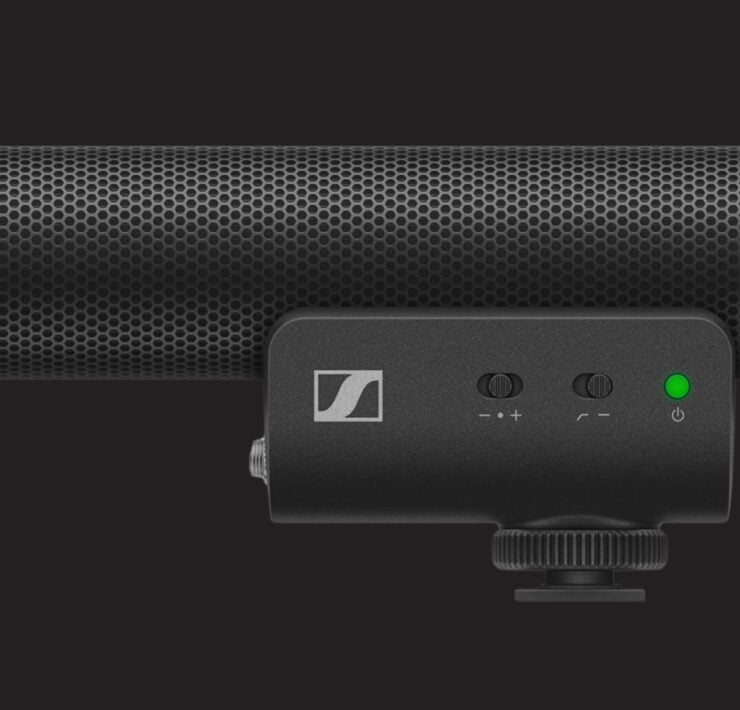Izotope RX Advanced: Audio Restoration

Izotope RX Advanced: Audio Restoration | Learn More: izotope.com/rx
Three letters, one word…”Wow!” I also regularly used the phrase, “You’ve got to be kidding me,” while discovering the enormous capabilities of this relatively unknown software. Izotope RX is designed to not only enhance audio but also to fix problems. But not just any problems, many of these were the kind of issues that I previously thought were unfixable. Things like wind blowing on the microphone, loud clicks and pops, distortion from clipping, mouth noises, background sounds, and even breaths can all be removed in one click modules that usually start with the phrase,
“De-” (e.g., De-click, De-rustle, De-hum, De-wind, De-plosive, De-ess, etc.).
By just using these modules I have saved hundreds of hours of time. I was used to going through podcasts and vocal performances to manually turn down the breaths and was trying to eliminate mouth smacks with painstakingly tedious volume automation. All that has been replaced by one key command, about three clicks, and 1 minute of processing. Much time has also been saved by not having to re-record projects that had problems. Each time I ran into some trouble I would say, “I wonder if RX could fix this?” and sure enough it could.
One such problem was the microphone bleed that happens when two people are speaking near each other, as unless you isolate the individuals each microphone picks up the other
person, which causes an unpleasant sound and creates challenges when you want to edit. By using the De-bleed feature you simply have the software analyze the two audio sources and it can separate them apart.
This process leaves you with clean audio that sounds like you recorded them separately with all the benefits of the personal interaction you can only get from being in the same room.
In addition to the modules that operate in their standalone program, I also made heavy use of the RX real-time plugins that can take care of problems as they happen. The main plug-in being a background noise eliminator, which is essentially a dynamic expander, that through compression makes the loud parts louder and the quiet parts quieter. It has made a world of difference in the quality of my projects. These are also the kind of filters you can run audio through as you’re live-streaming or recording your sermons.
Now if that were not enough, there is actually another method of restoring audio that gets as granular as you need as this software has the ability to break audio apart and display the information graphically by volume and pitch. This allows you to physically see the problems you’d like to fix. In one of their demonstrations they showed an audio file where someone in the crowd had whistled loudly during a performance, a few clicks later it was gone and you can’t tell it was ever there.
There are a few ways to purchase this software to fit your specific needs and your budget, with each level adding more features. The top level is the RX Post Production Suite that also includes a lot of other programs designed to help you mix, maximize sound output, and analyze/meter your audio to perfection. It also includes a year’s worth of access to their training so you get the most out of your investment. Check out izotope.com/rx to see which level is right for you.
Pros: Industry leading tools to help you improve your audio
Cons: ach DAW (digital audio workstation) interacts with this software differently. Some can be accessed through the program itself and others have shortcut keys to export files to be worked on and then automatically update. That’s not a problem but it’s just something to get used to. The RX loudness control, however, does not work in all DAW platforms, so just check their requirements before you purchase.
Bottom Line: This is amazing
What's Your Reaction?
Hi! We're Steve and Shawn Reed! We love leading people to worship God. We record the songs that help us worship and hope they are a blessing to you. We have had the wonderful opportunity to travel to many churches across the world to lead worship and conduct customized training sessions. We also partner with Worship Leader Magazine as hosts of the Worship Leader Podcast. We have two handsome boys who often lead with us on bass and drums. We thoroughly enjoy living in Nashville, TN! For more information about worship team training please visit musicandministry.co





